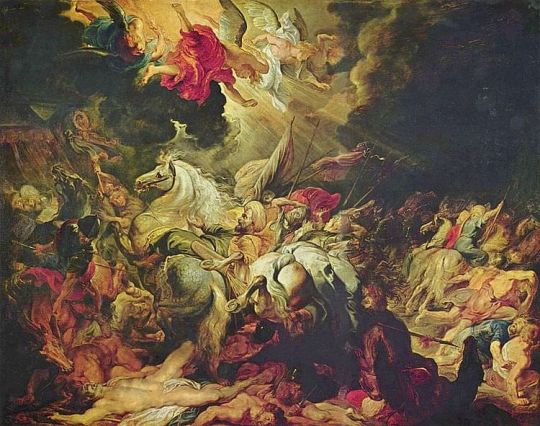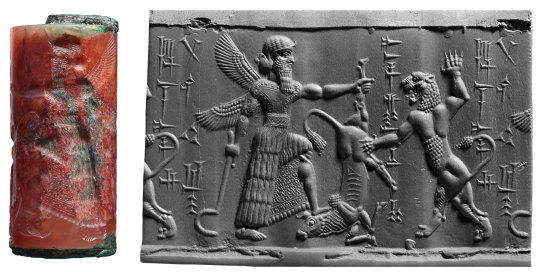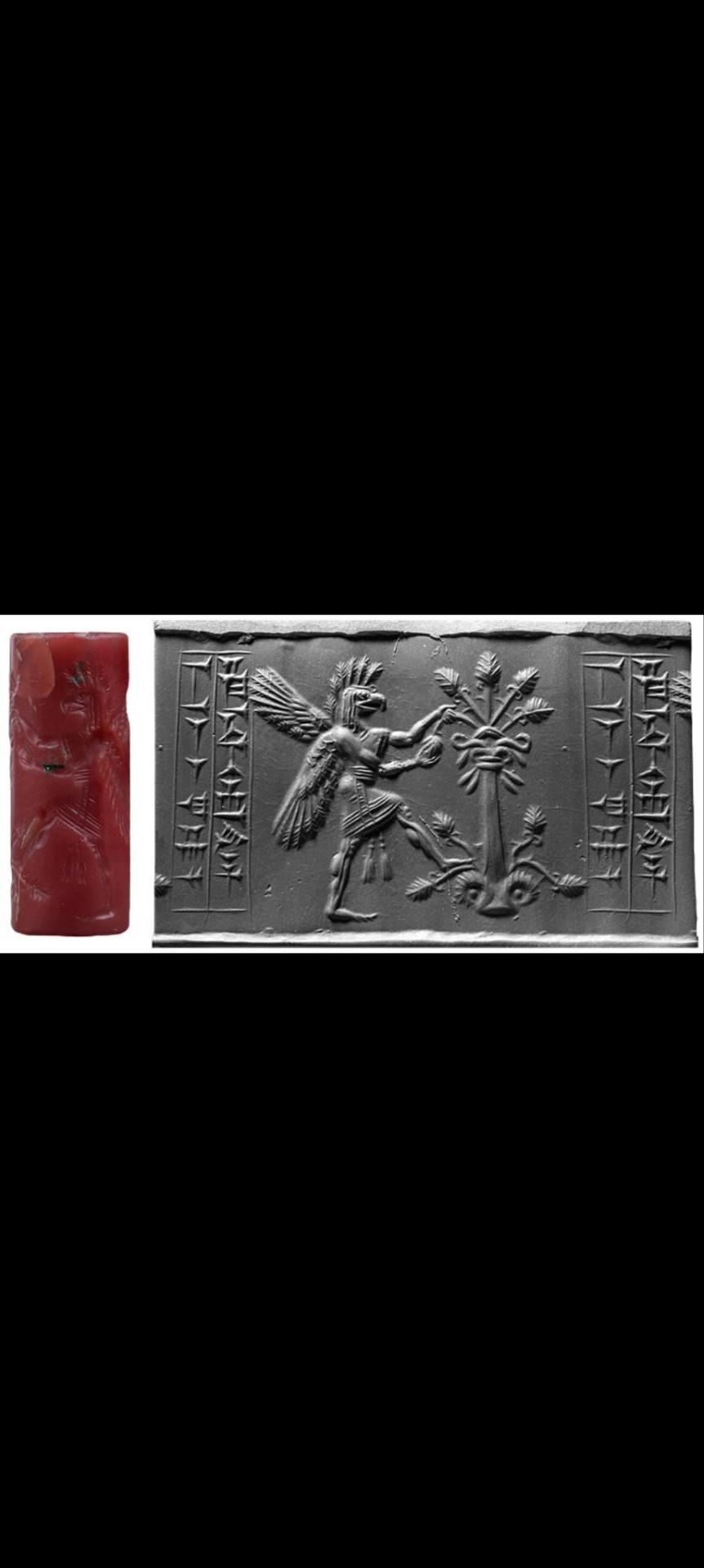#Ashur-nadin-shumi
Explore tagged Tumblr posts
Photo

The Mutual Destruction of Sennacherib & Babylon
The reign of Assyrian king Sennacherib (705-681 BCE) was chiefly characterized by his difficulties with Babylon. Throughout the history of the Assyrian Empire, Babylon had caused problems and had even been destroyed by the Assyrian king Tukulti-Ninurta I in c. 1225 BCE. Even so, there were direct cultural bonds between Babylon and Ashur, capital of the Assyrian Empire, and the city was always re-built and re-populated. Babylon was more than just a physical city of bricks and streets in the minds of the Mesopotamians: it was a cultural center of immense significance. Tukulti-Ninurta I's desecration of Babylon and her gods, in fact, led directly to his assassination. Owing to its status among the people of Mesopotamia, however, the people of Babylon seemed to feel that they could repeatedly throw off the authority of whatever ruling body held the region with impunity, and one can understand how a king could become tired of such an attitude. This was precisely what happened with Sennacherib in his dealings with the great city.
Sargon II & Sennacherib
Sennacherib's problems with Babylon were largely inherited. His father, Sargon II (reigned 722-705 BCE) had defeated the tribal chieftain Merodach-Baladan and driven him from Babylon but had allowed him to live. Once Sargon II was dead, and Sennacherib took the throne, Merodach-Baladan returned to Babylon and re-claimed the throne. The Babylonians welcomed him; Sennacherib had done nothing at all to endear himself to the city. As the new king, he was supposed to have participated in the ceremony in which he took the hand of the statue of the god Marduk as a sign of respect for the god, Babylon, and the people Marduk presided over. Instead, Sennacherib had simply sent them word that he was now king of Babylon and never even bothered to visit the city. Merodach-Baladan was not in the least bit concerned about the new king. Sennacherib was considered a weakling. He had never taken part in any of his father's military campaigns and had spent his earlier life as crown prince with administrative duties, while Sargon II had achieved his glorious victories on the battlefield. When Sennacherib heard that Merodach-Baladan had taken Babylon, he did not even lead a force to re-claim it himself but, instead, sent his commander-in-chief at the head of an army. This force was swiftly defeated by the combined forces of Babylon and their allies the Elamites and Aramaeans in 703 BCE. Babylon then arranged its troops, just in case the Assyrians came back again, and settled down to its own business. According to the historian Susan Wise Bauer:
That was the last straw. Sennacherib himself came sweeping down like the wrath of Assur and broke through the allied front line, barely pausing. Merodach-Baladan ran from the battlefield and crept into the marshes of the Sealand, which he knew well, to hide himself; Sennacherib marched the rest of the way to Babylon, which prudently opened its gates as soon as it saw the Assyrian king on the horizon. Sennacherib came through the open gate, but chose to send Babylon a message: he ransacked the city, took almost a quarter of a million captives, and destroyed the fields and groves of anyone who had joined the alliance against him (384).
The people of Babylon quickly realized that the poor opinion they had held of Sennacherib was misguided. In this early campaign the new king showed himself an adept tactician, able military leader, and ruthless enemy.
Continue reading...
23 notes
·
View notes
Note
Hey! How are you? I hope you're doing great!
May I have a translation from these cuneiform writings? :) I'm dying to know what it's written there. I'm trying to make out a few things here and there, but it's quite puzzling to fathom, to say the least. Anyhow, if you're able to do it, I'll be more than appreciative and thankful for it. Thank you


What beautiful seals! It looks like you've come across Morgan Seal 747 and Morgan Seal 609. (Click through for more discussion.) A full write-up of the seals, including their inscriptions, is in CANES 1 by Edith Porada, which unfortunately I don't have access to. Aruz et al also talk about the first seal in Assyria to Iberia at the Dawn of the Classical Age.
The inscriptions appear to be identifying the owners of the seal. The first seal is inscribed (according to Aruz et al) with "[belonging] to Nabu-nadin-shumi son of Ashur … may [the god] Nabu grant [him] life!" The second seal mentions a man named Ashur-iddin.
I hope you'll forgive me leaving things there. It's the start of my first semester as a professor, I don't have CANES to reference, and my cuneiform-reading skills are rusty. Anyone else want to jump in?
96 notes
·
View notes